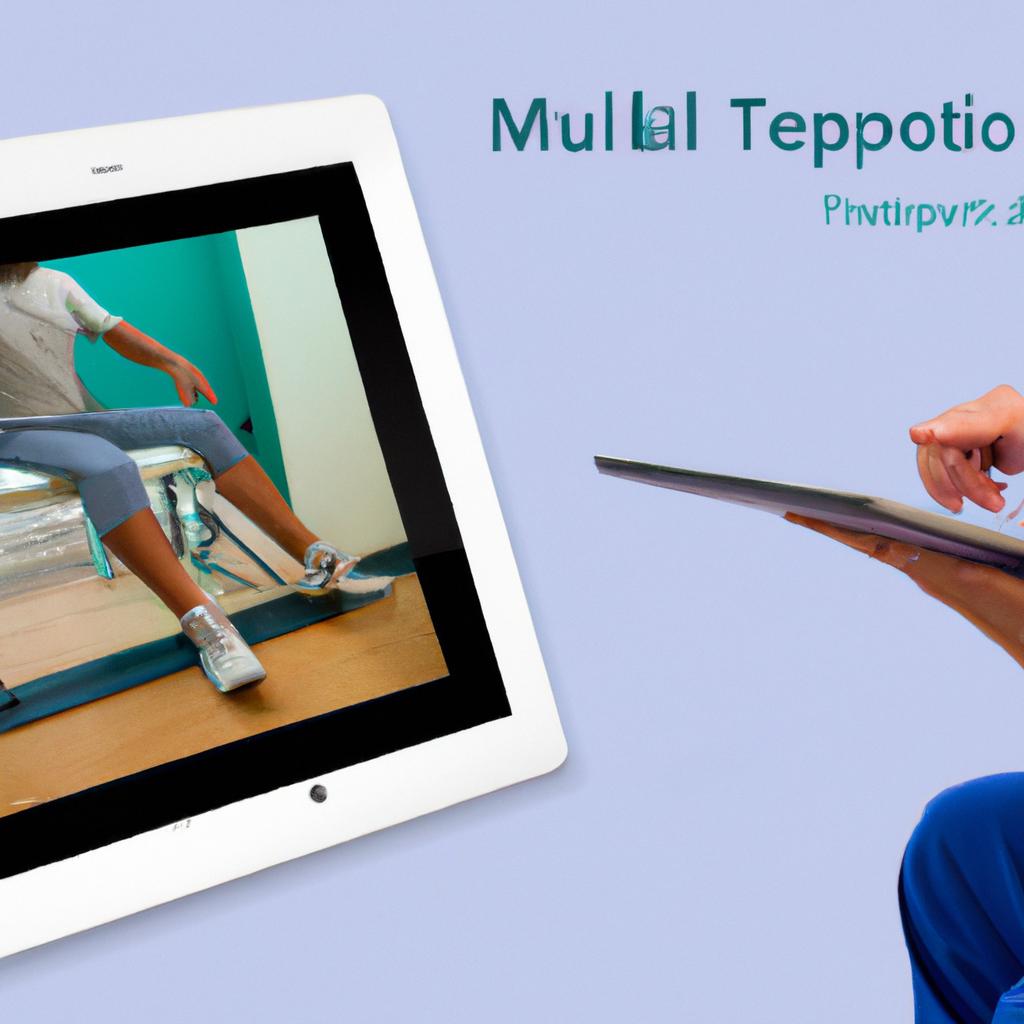Integrating Technology in Physical Therapy: How Virtual Reality Enhances Rehabilitation Outcomes for Patients
Integrating Technology in Physical Therapy: How Virtual Reality Enhances Rehabilitation Outcomes for Patients
Physical therapy helps patients recover from injuries. Traditional methods often lack engagement. Technology, especially virtual reality (VR), transforms rehabilitation. This blog post explores how VR enhances rehabilitation outcomes.
Understanding Virtual Reality in Rehabilitation
Virtual reality immerses patients in a digital environment. Therapists create simulated scenarios that mimic real-life challenges. Patients interact with these scenarios and engage actively. This technology also allows therapists to tailor experiences to individual needs. They adjust difficulty levels based on patient progress.
VR provides immediate feedback. Patients see their movements in real-time, correcting mistakes. This instant response enhances learning and boosts motivation. Patients feel more in control of their recovery.
Benefits of Virtual Reality in Physical Therapy
Improved Engagement
Traditional physical therapy can feel monotonous. Patients struggle to stay motivated during repetitive exercises. VR makes rehabilitation enjoyable. Patients immerse themselves in interactive games and challenges. This engagement leads to longer therapy sessions and better adherence.
VR incorporates gamification elements. Patients earn rewards and track progress through fun activities. This approach fosters a sense of accomplishment. Patients become more dedicated to their recovery journey.
Enhanced Motor Skills and Coordination
VR exercises improve motor skills. Patients practice movements in a safe environment. For instance, they navigate a virtual obstacle course. Such simulations mimic real-life situations, improving coordination and balance.
VR encourages repetitive practice without monotony. Patients engage in activities that stimulate muscles and promote neuroplasticity. They experience faster recovery times and improved overall function.
Personalized Rehabilitation Programs
Each patient has unique needs. Customizing rehabilitation is essential for effective recovery. VR technology allows therapists to design tailored programs. They create scenarios that address individual goals and challenges.
A stroke survivor may need to focus on arm movement. Therapists develop VR exercises that emphasize reaching and grasping. Patients practice in a controlled environment that promotes gradual improvement.
Incorporating Virtual Reality into Therapy Sessions
Assessing Patient Needs
Before integrating VR, therapists assess patient needs and capabilities. This assessment helps identify appropriate VR scenarios. Therapists consider age, injury type, and rehabilitation goals.
Once therapists establish a baseline, they introduce VR exercises. They monitor progress closely to ensure effectiveness. If needed, they adjust the difficulty level to match patient improvement.
Integrating VR with Traditional Therapy
VR offers numerous benefits without replacing traditional methods. Therapists integrate VR into existing rehabilitation programs. This hybrid approach combines the best of both worlds.
Therapists may start with hands-on exercises. Then, they transition to VR activities to reinforce learning. This combination enhances overall therapy effectiveness and keeps patients engaged.
Monitoring Progress and Adapting Programs
Therapists track patient progress through VR systems. These systems provide data on performance metrics. Therapists analyze data to adapt rehabilitation programs.
Tracking progress allows for timely adjustments. If a patient struggles with an exercise, therapists modify it. They ensure that patients remain challenged yet not overwhelmed.
Health Benefits of Virtual Reality Rehabilitation
Integrating VR into physical therapy brings various health benefits. Patients often experience reduced pain and discomfort. Engaging in VR distracts them from physical limitations.
VR improves mental well-being. Patients report increased motivation and decreased anxiety levels. This positive mindset contributes to a successful rehabilitation experience.
Additionally, VR promotes social interaction. Patients engage in group therapy sessions using VR. This interaction fosters community and support. Patients encourage each other, enhancing motivation and accountability.
Conclusion
Integrating technology, particularly virtual reality, into physical therapy enhances rehabilitation outcomes. VR engages patients, improves motor skills, and personalizes therapy programs. It offers a fresh approach to rehabilitation, making the process more enjoyable and effective.
The health benefits of VR extend beyond physical recovery. Patients experience improved mental well-being and social interaction. Incorporating VR into physical therapy represents a promising frontier in rehabilitation.
As technology evolves, its applications in healthcare will expand. Embracing these advancements can lead to better patient outcomes and a fulfilling rehabilitation experience.
Below are related products to the topic if you’re interested:
FAQ
What are the main benefits of using virtual reality in physical therapy?
Virtual reality (VR) enhances physical therapy by improving patient engagement, enhancing motor skills and coordination, and allowing for personalized rehabilitation programs. Patients find VR more enjoyable and immersive, which leads to longer therapy sessions and better adherence. Additionally, VR exercises help improve motor skills in a safe environment and can be tailored to meet individual patient needs and goals.
How do therapists incorporate virtual reality into traditional therapy sessions?
Therapists integrate VR into existing rehabilitation programs by first assessing patient needs and capabilities. They may start with hands-on exercises before transitioning to VR activities to reinforce learning. This hybrid approach combines the benefits of traditional methods with the engaging aspects of VR, enhancing overall therapy effectiveness and keeping patients motivated throughout their recovery journey.
What health benefits do patients experience from virtual reality rehabilitation?
Patients using VR in rehabilitation often experience reduced pain and discomfort, improved mental well-being, and increased motivation. Engaging in VR distracts them from physical limitations, decreases anxiety levels, and promotes social interaction, especially in group therapy settings. This supportive environment fosters community and accountability, contributing to a more successful rehabilitation experience.















Post Comment